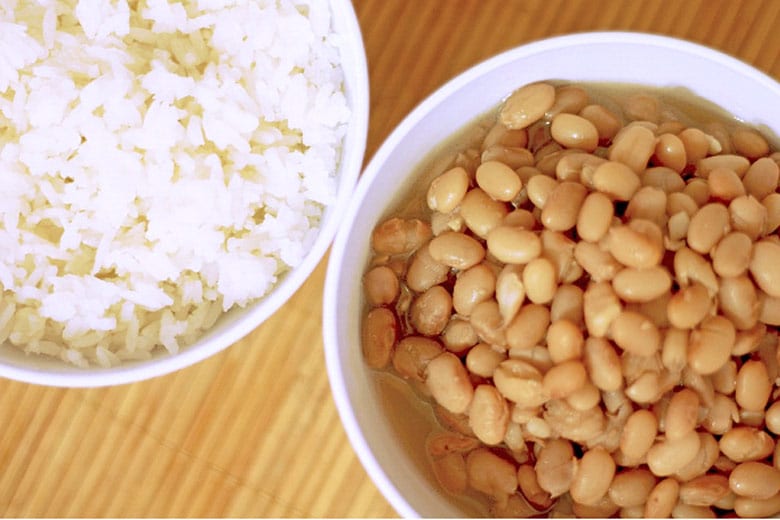 One of the biggest challenges during the pandemic is saving money on purchases. Common products, such as rice and beans, have risen in price in recent months. In turn, 62% of the population sees their income decrease over time, according to Datafolha.
One of the biggest challenges during the pandemic is saving money on purchases. Common products, such as rice and beans, have risen in price in recent months. In turn, 62% of the population sees their income decrease over time, according to Datafolha.The exchange of goods didn't just take Brazilians by surprise. In some parts of the world, the expansion has led to more people keeping stores safe. However, according to a study by the University of Oxford with data from the World Bank, Brazil is the country where prices have risen the fastest.
To give you an idea, at the beginning of 2020 five bags of rice were found for R$15 in September, the same product was sold for up to R$40 in some cities. Although the increase will not be the same everywhere, the fact that the increase in everyday items is strong is worrying consumers.
Why is inflation strong in the country? Although the coronavirus epidemic is affecting Brazil, rising food prices are not necessarily affected. In fact, values started to rise last year when the real value of the currency decreased.
Therefore, Brazilian products are cheap for other countries. This resulted in manufacturers preferring to sell products to customers rather than selling them domestically, which reduced supply in the country and contributed to the price increase.
In addition, other factors increased the cost of the basic food basket. In 2020, some Asian countries, such as Thailand and Vietnam, faced a serious water crisis that affected rice production and exports. In this way, countries like Brazil stand out in the international market.
The main problem is that the acceleration in prices has not been accompanied by an increase in income – quite the opposite. A large part of the population has lost their income and jobs due to the epidemic, which is expected to increase significantly.
According to an article published by CNN, inflation and disease could return Brazil to the Hunger Map, a study carried out by the UN. Countries enter this number if they are less than 5% of the population.
Image: Pixabay How will prices rise in 2021? It's not possible to determine what prices will look like in 2021. But given the speed of 2020, it's important for buyers to be careful.
Some foods may need to be revised or expanded – especially as they have already seen a significant increase in recent months. This is the case of rice, responsible for many discussions in 2020. A package of the product, which was easily available for more than R$20, now costs R$18.99, the same as the Extra Leaflet. A one-kilo package can be found for R$3.89 at Tenda Atacado.
If the market price remains stable and there are no other problems, such as problems with the production of certain foods, the food cannot be affected by large increases. In any case, at this moment, researching prices is buyers' only weapon to avoid offensive prices.
It turns out that Brazilian consumers are those with the highest rate of increase during the pandemic, according to the British study. Among the main reasons for this is the increase in the number of customers, who prefer the international market, but the offer for the local market has been reduced. For 2021, the situation is not clear, so it is important to be careful to avoid expenses.
